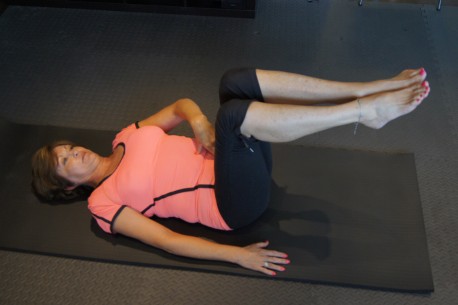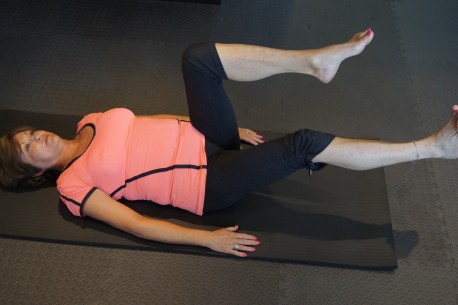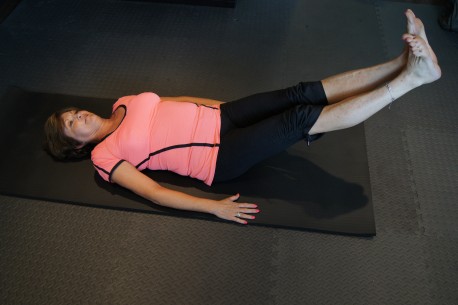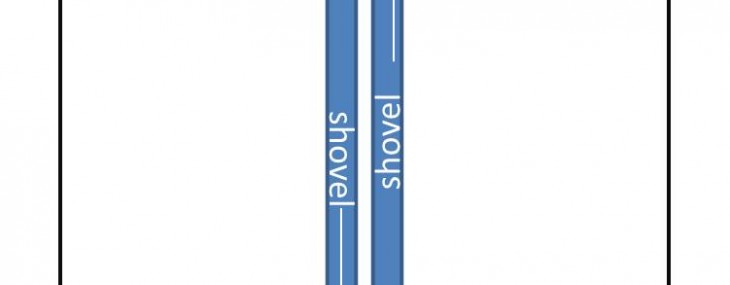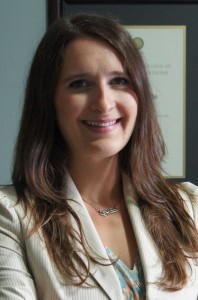When one year ends and another begins its only natural to reflect on last year’s happenings and strive for improvement in the coming year. Looking back on history often helps us in preparing for the future. This is exceptionally true with regards to health. Family history may be the most obvious aspect of one’s history affecting health but social, sexual, mental/emotional and lifestyle history also plays a large role in shaping one’s state of health. Reflecting back is an integral part of shaping our inner dialogue of goals, fears, and of course New Year’s resolutions.
The problem with resolutions is that they tend to be extreme, unachievable and leave us feeling disappointed with ourselves, when we inevitably fail. I’m proposing a new set of resolutions that are based directly on the naturopathic principles of medicine. Naturopathic Doctors have dedicated themselves to the original principles but with a spin they can apply to everyone! They are not meant to happen overnight but to support a gradual shift in consciousness and attitudes.
First do no harm – Don’t set yourself up for failure by resolving to go to the gym everyday when you currently don’t go at all. Go easy on yourself. Resolve to look into the type of exercise you love to do and brings the best result. This not only applies to exercise but diet, lifestyle and mental health as well. Setting realistic goals will prevent harmful negative feedback on our whole body. Remember that health is a continuum and we all exist at a unique place on that continuum.
Treat the cause – The root cause of our health concerns is not solely based on one factor like family history. Explore other potential factors like thought patterns, ingrained emotional patterns, diet and lifestyle history. Getting at the root takes some self-work and thought. Don’t simply accept your current state of health and treatment plan as the be-all end-all of solutions. Resolve to take a history lesson on your own health to help discover all possible causal factors and develop the best plan in moving forward.
Teach the principles of healthy living and preventative medicine – Knowledge is power! If you know something that has helped you or a loved one, share it with someone else! Whether it’s a new hot yoga class that has you feeling cleansed and energetic or a gluten free, dairy free recipe that doesn’t taste like cardboard, share it! Make it a resolution to teach each other important lessons when it comes to health and wellness.
Heal the whole person – It’s easy for history to repeat itself and fall into old habits of tending to only the most obvious issues of our health, symptoms. Remember that there’s more to health than physical symptoms. Resolve to take a more holistic approach to your wellbeing by considering all factors that are within your control to improve. Think about the spiritual, emotional, as well as physical areas of your-self that need healing attention.
Emphasize prevention – Instead of waiting until there are symptoms to treat, make sure you are taking a preventative approach by investigating your risk factors and adopting the healthy habits that will reduce the likelihood that your health will deteriorate. We are all getting older, but we can control the speed of our natural decline and the quality of life we experience by adopting preventative attitudes.
Support the healing power of nature – Our body knows how to be healthy, and wants to exist in a state of balance known as homeostasis. Look into the possible factors that may be an obstacle to your body’s own healing ability. These can be medications, habits like caffeine, smoking, sugar addiction or attitudes that re-enforce complacency instead of self responsibility. Resolve to remove the obstacles and work with nature to get back to a balanced state.
Remember, health does not change overnight. Don’t set yourself up for failure by making resolutions to become a brand new person in 2013. Instead, think about the principles you apply to your daily life and challenge yourself to adopt a naturopathic thought process over time. Resolve to get to the root!



